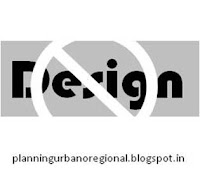Analogy of Sculpture and Interior Design
Evolutionary comparison of sculpture and interior design can throw some light on the state of interior design in which it is at present and may pave the future direction for it. If you analyze the evolution of Sculpture, it has evolved from a “symbolic gesture of kingdom and state authority” historically to the “liberalized expression of rebellious creative individuals” in past century to an “interactive public art” at present. When it comes to interior design it has evolved from “utilitarian design driven by necessity” to “lifestyle symbol with expression of wealth” to “uniqueness with technological integration”. The crucial missing point in the evolution of interior design is that it has still to reach a point where a user can interact and relate to it rather than simply appreciating its beauty and ambiance while waiting on a comfortable couch in a lobby or from a workstation of an office.
















While the focus of sculpture, individually or as part of landscape architecture or in public domain has shifted from a decorative element to an interactive and engaging public element, the efforts of interior design has remained focused mostly in the aesthetic domain with attention to space efficiency, economic execution and operation even at present. Since all the efforts are concentrated on the aesthetics, ambiance and efficiency part of interior design, majority of architects and designers are caught in to the vicious cycle of making it more and more efficient. It’s high time that architects and designers should break this cycle and create an indoor environment which is not only appreciated by the users but where division of user and space gets blurred, a space where occupant is constantly interacting with its ambient indoor environment in tangible manner, where user have been kept engaged not only by its aesthetics but in terms of physical and mental activities, an informative, interactive indoor ambiance like the case of modern public sculptures.
By Anoop Jha


